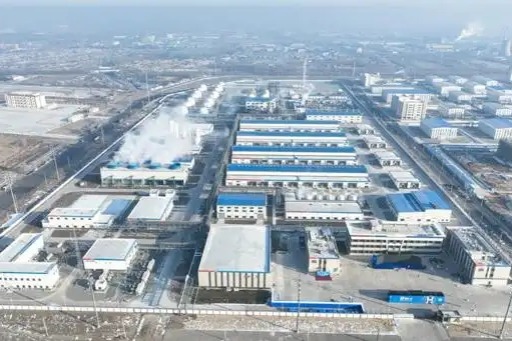Cement overcapacity high on agenda

China is stepping up capacity management in the cement sector to address oversupply and stabilize sustainable growth, with moves intensified to align actual production with approved capacity levels and curb unregulated expansion.
The Ministry of Industry and Information Technology recently convened a meeting on stabilizing growth in the cement industry, calling on suppliers to adhere to market-oriented and law-based principles while strictly prohibiting new capacity, regulating existing production and phasing out outdated facilities.
A key emphasis was placed on major producers taking the lead in implementing capacity replacement and compliance policies.
By the end of 2025, all suppliers are required to formulate adjustment plans to align actual production with registered capacity — a move consistent with the work plan for stabilizing growth in the building materials industry (2025-26) issued in August.
"We will restructure existing capacity, accelerate the phaseout of inefficient production and increase the share of advanced capacity to achieve value-added growth through optimizing existing assets," said a representative from the strategic planning department of Beijing-based BBMG Corp, a major cement producer.
"The root cause of the cement sector's current difficulties lies in the long-standing problem of overcapacity, which has now been amplified by weaker market demand," said an expert from the China Building Materials Federation (CBMF). "Excessive clinker production beyond registered capacity has made it difficult to resolve this issue effectively."
In response, authorities have called for real-time monitoring of clinker output to ensure that daily and annual production aligns with approved capacity levels. And the CBMF said it has completed a standard for cement clinker output monitoring and accounting, and will assist regulators in applying the standard to strengthen capacity management and improve the industry's ability to adjust supply and demand.
Through rectifying overproduction and applying comprehensive standards in quality, environmental protection, energy efficiency and safety, China is expected to cut annual clinker capacity by more than 500 million metric tons, significantly easing the current imbalance in the sector, according to preliminary CBMF calculations.
The federation also plans to establish an information disclosure and supervision platform for capacity management, incorporating mechanisms to combat monopolistic practices, dumping and counterfeit products.
Cement demand has weakened sharply since 2021 due to declining property investment and a slowdown in infrastructure construction, resulting in a 23 percent drop in national cement output from 2021 to 2024, CBMF data showed.
As one of China's major industrial carbon emitters, the cement sector is also expected to benefit from ongoing capacity governance.
"Improved production discipline will not only stabilize the cement market, but also accelerate carbon reduction and support China's dual-carbon goals on schedule," the CBMF expert said.
Today's Top News
- China warns about Japan's intended military buildup
- China urges EU to halt anti-subsidy probes
- Experts: Lai not freedom fighter, but a pawn of the West
- Hainan evolves as gateway to global markets
- Opening up a new bridge between China and world
- Tour gives China-Arab strategic trust a boost






























